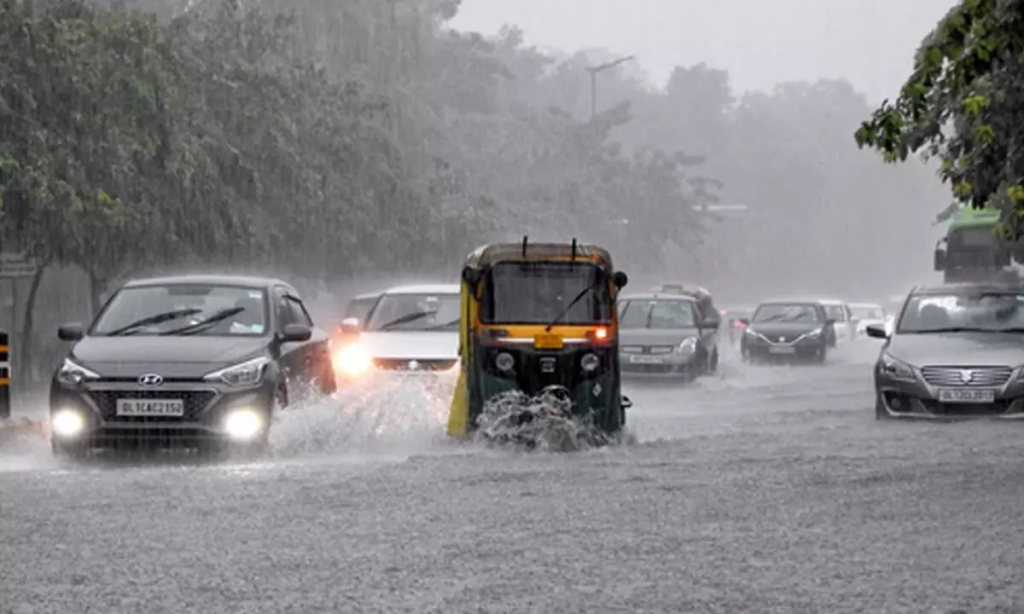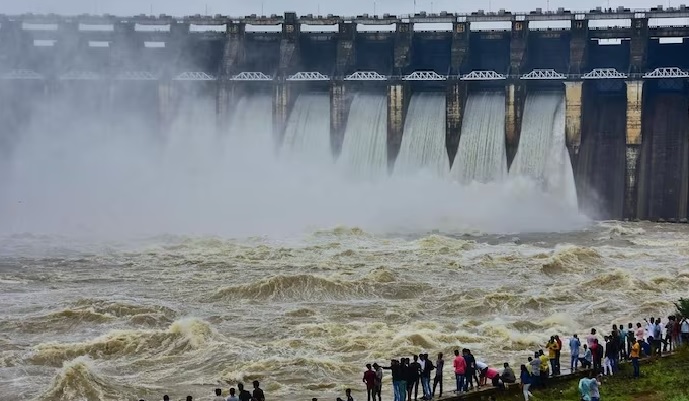
Introduction:
India’s monsoon season, a component of the nation’s climate system, brings both hope and challenges. Stretching from June to September, the monsoon provides essential water resources for agriculture, drinking, and various industrial uses. However, the uneven distribution of rainfall and the unpredictable nature of monsoon patterns often lead to severe water-related issues. To mitigate these challenges, effective water storage systems play a crucial role. This article delves into the significance of water storage in managing India’s monsoon-induced challenges and highlights strategies to enhance its effectiveness.
The Monsoon and Its Challenges:
India’s monsoon is characterized by a complex interplay of atmospheric conditions that result in significant rainfall across the country. While some regions receive abundant rain, others suffer from inadequate precipitation. This variability can lead to a range of issues, from devastating floods to crippling droughts. The monsoon’s unpredictability makes it challenging to plan and manage water resources effectively.
Flooding is a major concern in many parts of India. Heavy rains can overwhelm river systems, leading to extensive damage to infrastructure, homes, and agricultural land. Conversely, the lack of sufficient rainfall in other areas can result in severe water shortages, affecting crop yields, drinking water availability, and overall quality of life.
The Importance of Water Storage:
To address these challenges, water storage solutions are essential. They help capture excess rainwater during the monsoon season and store it for use during dry periods. Effective water storage systems can mitigate the impact of floods, provide a buffer against droughts, and ensure a more reliable water supply throughout the year.
Flood Management: By capturing excess rainfall in reservoirs and large storage systems, the risk of downstream flooding can be reduced. Controlled release of water from these storage facilities can help manage river flow and prevent catastrophic flooding events.
Drought Mitigation: Stored water serves as a crucial resource during periods of low rainfall. By having a reserve of water, regions can continue to meet agricultural and domestic needs even during dry spells.
Agricultural Stability: Reliable water storage supports agriculture by providing water for irrigation during periods of inadequate rainfall. This ensures consistent crop production and helps stabilize food supply.

Types of Water Storage Systems:
India employs various types of water storage systems, each suited to different geographical and climatic conditions. These include:
Dams and Reservoirs: Large-scale projects that store water in artificial lakes created by damming rivers. They are effective in managing both flood and drought conditions but require significant investment and maintenance.
Check Dams: Smaller structures built across streams and rivers to capture and store water. They are particularly useful in rural areas and help recharge groundwater levels.
Rainwater Harvesting: Techniques used to collect and store rainwater from rooftops and other surfaces. This method can be implemented on a small scale in urban and rural settings to supplement water supplies.
Groundwater Recharge Pits: Structures designed to enhance the infiltration of rainwater into the ground, replenishing groundwater aquifers. This method helps improve long-term water availability.
Innovations and Future Directions:
Advancements in technology and innovative practices are enhancing the effectiveness of water storage systems. Remote sensing and data analytics are being used to predict rainfall patterns and optimize water storage management. Additionally, community-based water management approaches are empowering local populations to maintain and manage water storage systems effectively.
Government initiatives, such as the Pradhan Mantri Krishi Sinchai Yojana (PMKSY) and the Jal Jeevan Mission, are focused on improving water storage infrastructure and promoting efficient water use. These programs aim to enhance irrigation facilities, improve water supply in rural areas, and support sustainable water management practices.
Conclusion:
Water storage is a vital component in addressing India’s monsoon challenges. By capturing and storing excess rainfall, water storage systems can mitigate the impacts of floods and droughts, ensure agricultural stability, and support overall water security. As India continues to grapple with the complexities of its monsoon season, investing in and improving water storage infrastructure will be essential for building resilience and ensuring a sustainable future. With ongoing innovation and effective management, India can better navigate the uncertainties of its monsoon climate and safeguard its water resources for generations to come.


